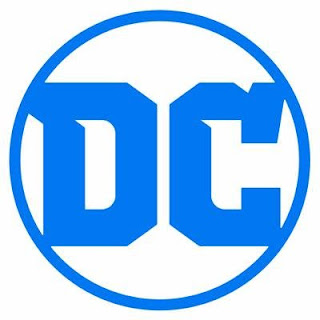DC Comics
 |
DC Logo (2016)
|
Quick Facts
DC Comics, Inc. is an American comic book publisher. It is the publishing unit of DC Entertainment, a company of Warner Bros. Entertainment, a division of Time Warner. DC Comics is one of the largest and most successful companies operating in American comic books, and produces material featuring numerous well-known heroic characters, including Superman, Batman, Wonder Woman, Green Lantern, The Flash, Aquaman, Shazam, Hawkman and Green Arrow. The fictional DC universe also features teams such as the Justice League, the Justice Society of America, and the Teen Titans, and well-known villains such as Joker, Lex Luthor, Catwoman, Darkseid, Ra's al Ghul, Deathstroke, General Zod, Professor Zoom, Sinestro, Black Adam and Brainiac. The company has also published non-DC Universe-related material, including Watchmen, V for Vendetta and many titles under their alternative imprint Vertigo.
The initials "DC" came from the company's popular series Detective Comics, which featured Batman's debut and subsequently became part of the company's name. Originally in Manhattan at 432 Fourth Avenue, the DC Comics offices have been located at 480 and later 575 Lexington Avenue; 909 Third Avenue; 75 Rockefeller Plaza; 666 Fifth Avenue; and 1325 Avenue of the Americas. DC has its headquarters at 1700 Broadway, Midtown Manhattan, New York City, but it was announced in October 2013 that DC Entertainment would relocate its headquarters from New York to Burbank, California in 2015.
Random House distributes DC Comics' books to the bookstore market, while Diamond Comic Distributors supplies the comics shop specialty market. DC Comics and its major, longtime competitor Marvel Comics (owned since 2009 by The Walt Disney Company, Time Warner's main rival) together shared over 80% of the American comic book market in 2008.
Origins
Entrepreneur Major Malcolm
Wheeler-Nicholson founded National Allied Publications in autumn 1934.
The company debuted with the tabloid-sized New Fun: The Big Comic Magazine
#1 with a cover date of February 1935. The company's second title, New
Comics #1 (Dec. 1935), appeared in a size close to what would become comic
books' standard during the period fans and historians call the Golden Age of
Comic Books, with slightly larger dimensions than today's. That title evolved
into Adventure Comics, which continued through issue #503 in 1983,
becoming one of the longest-running comic-book series. In 2009 DC revived Adventure
Comics with its original numbering.
 |
Superman Action Comics #1
(June 1938)
|
Detective Comics, Inc. soon launched a fourth title, Action Comics, the premiere of which introduced Superman. Action Comics #1 (June 1938), the first comic book to feature the new character archetype—soon known as "superheroes"—proved a sales hit. The company quickly introduced such other popular characters as the Sandman and Batman.
On February 22, 2010, a copy of Action Comics #1 (June 1938) sold at an auction from an anonymous seller to an anonymous buyer for $1 million, besting the $317,000 record for a comic book set by a different copy, in lesser condition, the previous year.
Comments
Post a Comment